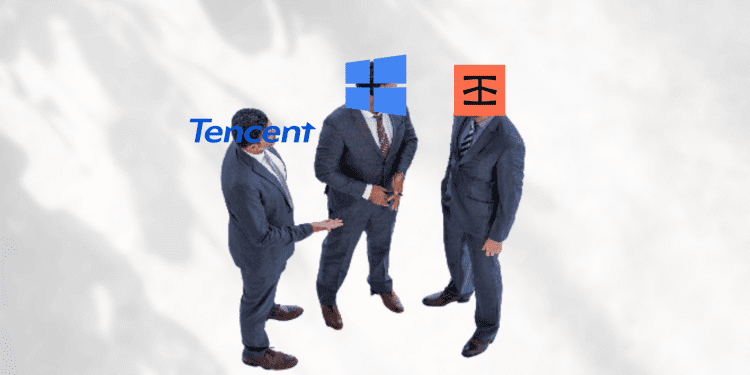Web3 infrastructure firm Infura has partnered with tech giants Microsoft, Tencent and 16 other business companies to help build its Decentralized Infrastructure Network (DIN). The partnerships aim to increase decentralization on the Infura network, which is key to preventing outages of the Web3 services that leverage it, including the popular wallet service MetaMask.
Why Decentralization Matters
Currently, the Infura network is controlled by Consensys, meaning there remains a single point of failure. This came to light in November 2020 when the MetaMask wallet stopped working due to Infura suffering a temporary outage. Several centralized exchanges and DeFi projects were also affected.
Decentralizing blockchain data providers like Infura is critical for censorship resistance because centralized data providers can be shut down with a single attack or legal action. The DIN will allow for more reliable and censorship-resistant access to Ethereum as decentralized applications won’t need to rely on a single service provider.
How the Decentralized Infura Network Works
The DIN launches in Q4 2022 and will offer failover support between partners, meaning traffic can be re-routed if there are outages. More partners can join over time to increase decentralization.
Initially, Infura and the 18 partners will participate in a “federated phase” where they work together as equals to trial the network. In the future, the DIN could be governed autonomously to ensure democratic control.
The Lineup of Tech Giants
The roster of new business partners is not closed. Infura wants more highly reliable infrastructure providers to join the DIN. While the specific companies involved are notable, the significance lies more in major firms aligning to decentralize blockchain infrastructure.
Conclusion
The Decentralized Infura Network marks a major milestone in making blockchain data provision more decentralized and censorship-resistant. With tech giants like Microsoft and Tencent now on board, the project builds momentum to reduce reliance on centralized points of failure.














